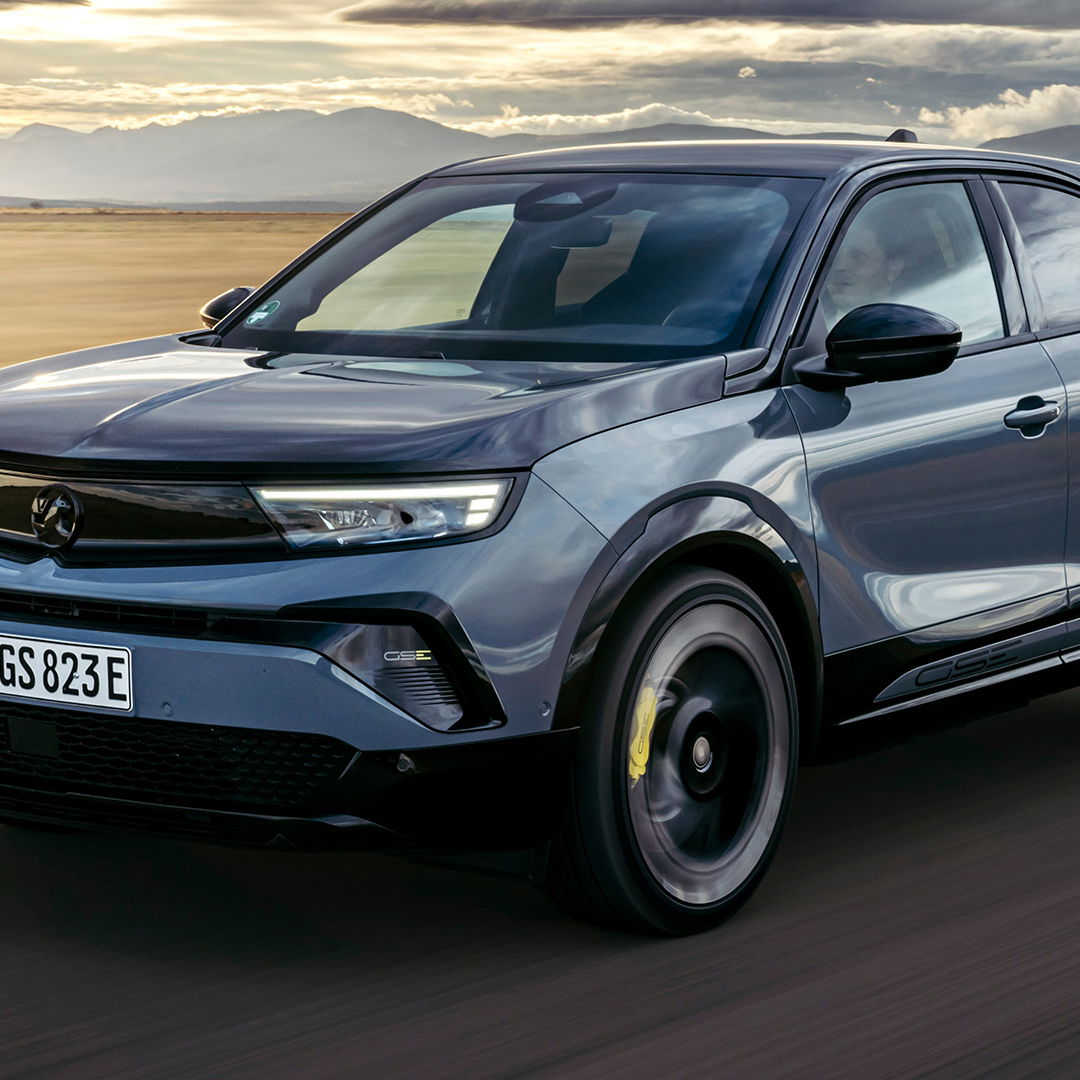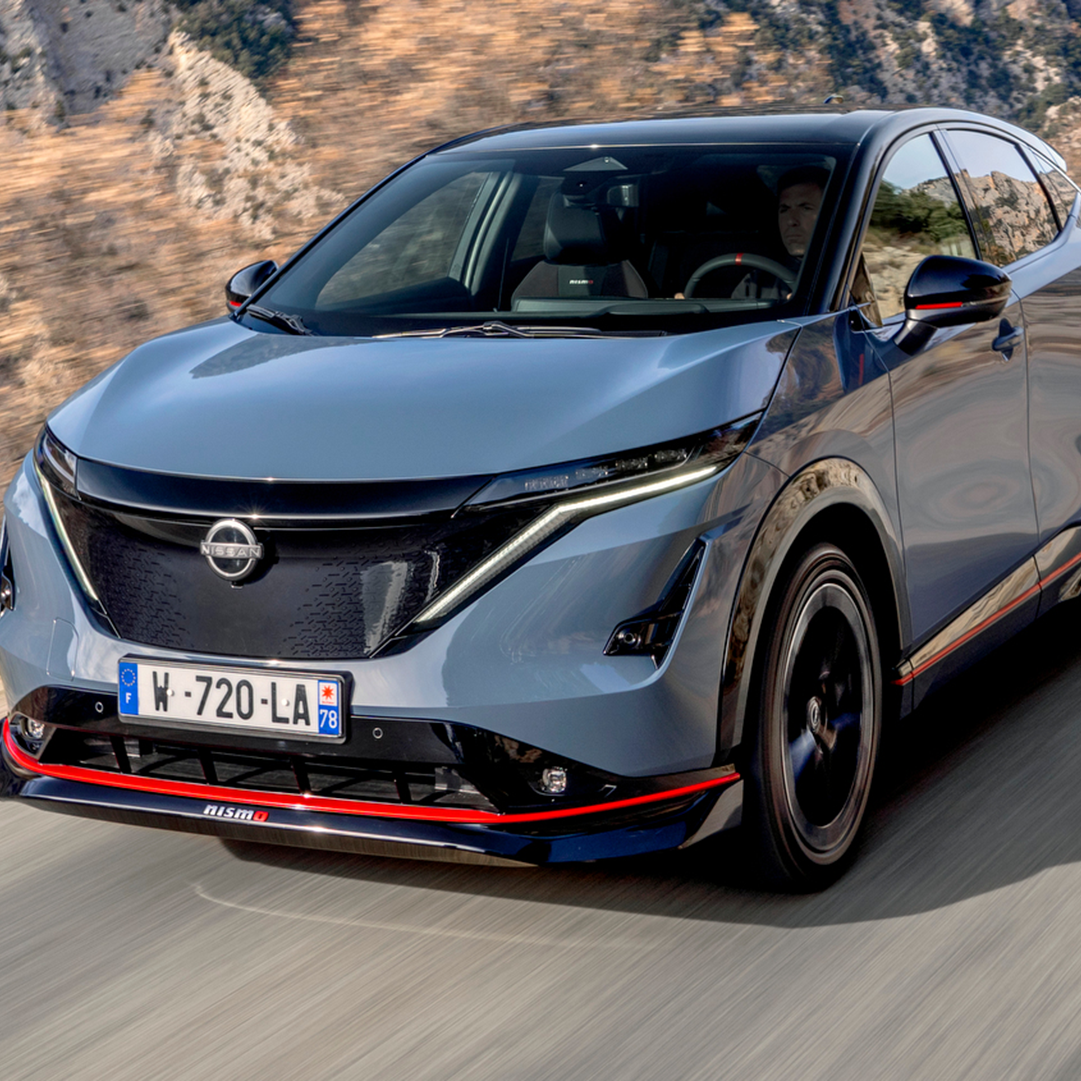Torque VS HP. Which matters more ? Find the answer here.
In this post, you can find the answer to the question: What matters more, torque or HP ?
First of all, let’s remember one basic physics formula from school.
F=M*A
Where F-force (let’s say in Newtons), M-mass (let’s say in KG) and A-acceleration (let’s say in m/s^2)
In this formula, we can see that the force F can move an object with the mass of M at the rate of acceleration A.
The one thing that is odd, is that we can’t find any measurement of “forces” such as Torque and Horsepower in this essential formula that applies to every car on the road. The closest member of this equation is F itself, but it is measured in Newtons and not in NewtonMeter (or lbft).
Let’s understand where the “extra” Meter in the measurement comes from.
Let’s look at the image above.
The force F is applied to a lever with the length of 1 meter (the length is not fixed, that is, the length of the lever doesn’t affect the measurement formula) and it creates a rotational force,torque starting from the pivot point of the lever. This is how the Meter is implemented into the measurement of torque, NewtonsMeter (NM;nm)
Ok, so we understand the measurement of torque right now, but how does it get produced in and engine?
Let’s look at the image above. We can see an an engine cutout at its intake stroke.
From this state, the piston goes down to its BDC (bottom dead center) and begins the compression stroke. After the TDC (top dead center) when the power stroke is starting (assuming that ignition timing is at 0, or TDC) the pressure inside the cylinder pushes the piston down with some force measured in Newtons. Some force is lost in friction and volumetric expansion throughout the power stroke, but the remaining force is transferred to the rod. From the rod, the force is transferred to the crankshaft. This is where the Newton force transfers to Newton*Meter. The lever in this case is the crankshaft itself. You can see this is why “Stroker” engines produce more torque.
Ok, so this is how pressure from the combustion is transferred to torque in an internal combustion engine.
The torque produced by the engine, is transferred to the transmission which multiplies the torque output and reduces output rotational speed.
Let’s say we have an engine that produces 100 nm of torque from 2400 rpm to 6000 rpm and the gearbox has 6 to 1 first gear ratio. In this case, the torque will get multiplied 6 times and the speed will decrease by 6 times. So we will get 600nm of torque (assuming no friction losses from the transmission) at the output speeds from 400 rpm to 1000 rpm.
After the torque has gone through the transmission, it reaches the differential where it’s again multiplied (again, assuming no friction losses in differential) and where the rotational speed gets reduced once again.
Let’s say the 600 nm we got from the last example, goes through a differential with gear ratio of 4 to 1. The torque will get multiplied and become 2400 nm and the rotational speed will decrease to 100 rpm to 250 rpm.
After the torque has gone through the differential, it’s transferred to the wheels.
Let’s assume, in our example the car has 20” wheels (WHEELS not rims. That is, the overall wheel diameter of the tire and the rim together). The wheel will have 10” of radius or 0,254 meters.
This is where the NewtonMeter gets transferred to Newton in force to fit in the equation of F=MA
Our torque is 2400 n*m before the wheel, and according to the leverage formula, we should divide this number by our wheel radius(luckily there is no friction losses occurring here). 2400/0.254=9448.81889763779528 or ~9449 Newtons of force.
Lets use the first formula F=M*A and let’s assume our car weighs 2000kg.
We will get
9449=2000*A
A=9449/2000=4.72 Meters/Second^2
Ok, so we’ve got our final force and acceleration figured out, but what about the speed?
We are calculating everything in the RPM range from 2400(V0) to 6000(V). After our gearbox our V0 will be 400 and V will be 1000. After the Differential the V0 is 100 rpm and V is 250 rpm.
The length of a circle is 2piradius or pidiameter. So our wheel length is 20.254*3.14=1.59512 ~1.6 Meters.
So per each revolution of the wheel, the car moves 1.6 meters (if going straight).
At V0, we will move 160 meters per minute and at V , we will move 400 meters per minute which translates to 9.6 km/h at V0 and 24 km/h at V (pretty slow).
Now to my favorite part. Calculating how much time it will take to get from V0 to V speed.
As we already know our maximal acceleration we will use the following formula.
A=(V-V0)/T
4.72=(6,66667-2.5)/T
T=0.88 Seconds.
These 0.88 seconds are the time it will take the car to accelerate from 9.6 km/h to 24 km/h IF there will be no wheelspin and no friction losses.
Let’s assume we have 30% losses of acceleration from overall friction losses + tire surface resistance + air resistance of the car.
3.304=(6.66667-2.5)/T
T=1.26 Seconds ( which sounds realistic)
So, as you can see, we’ve calculated the acceleration of a car, without any horsepower figure whatsoever. This might be very confusing for some of you but this is what it is. Torque is what does all of the work, and Horsepower is just a byproduct “fabricated” from torque and means almost nothing.
The formula for calculating horsepower is
HP= (Torque( In Lb-Ft ) * RPM)/5252
So in our case the hp will be
HP=(73.7562149277*RPM)/5252
Max Hp @ 6000 rpm (limiter) = 84.26 Hp
Look at our “dyno graph” (ignore the graph below 2400 and above 6000)
You can see that our Horsepower and Torque curves intersect at exactly 5252 rpm. This comes from the equation. Look for yourself at any other dyno graph with lb-ft and you will see that the lines intersect exactly at 5252 rpm.
“Horsepower sells cars, torque wins races”
This couldn’t have been more true.












Comments
Very well written, thank you very much.
By the way, I don’t think it is just torque which matters… My car, for example, has 380Nm of peak torque, which is exactly the same as Golf R torque figure. Though, my 184-horsepower Golf accelerates to 60mph in over 7 seconds, whereas 300-horsepower Golf R (similar weight and aerodynamics) can do that in 4.9 seconds, even if you account for the fact that its AWD. So clearly, torque is nothing without engine being able to achieve high RPM, which brings us back to importance of horsepower too (through the formula which demonstrates horsepower being a relationship of torque and RPM). Or am I wrong somewhere?
It’s good to know the basics. Great article man!
Good article, more people need to know this. My friend was blown away that his 290whp Honda Accord got destroyed by my 262whp focus. I had to explain that the 306wtq in my car is what helped me accelerate a lot faster, because ultimately the cars weighed the same so he assumed he’d automatically win. But it being a Honda, he probably only had 12wtq (just kidding!)
I like how my tdi drive a whole bunch on low end torque 188ftlbs at 2000 rpm and maybe 100hp at 3800rpm:p
In your calculation you completely forgot to take into consideration the current speed of the car. The calculations are right only if taken in the context of a single gear at a single speed.
Your premise was:
“Let’s say we have an engine that produces 100 nm of torque from 2400 rpm to 6000 rpm “
what if :
“Let’s say we have an engine that produces 100 nm of torque from 2400 rpm to 12000 rpm “
Now use a differential with a ratio of 8:1 and do your calculations again. What happens?
You will get 2 times the acceleration as before at the same speed with the same engine torque. And in fact the new engine will have 2 times the power of the first.
In fact, approximately, acceleration of a car can be calculated with a = P / mv without even knowing gear ratios or torque of the engine.